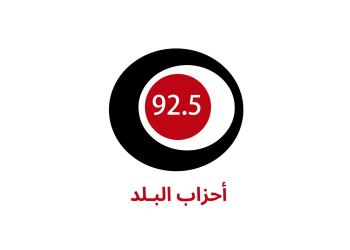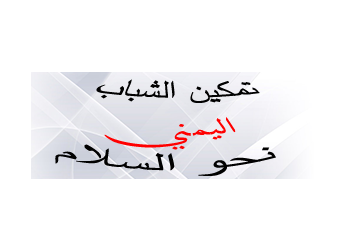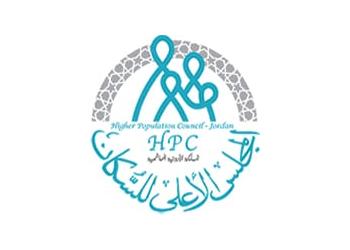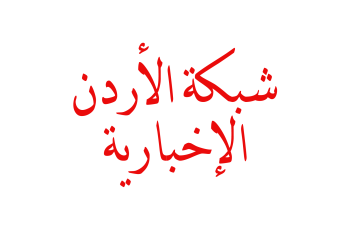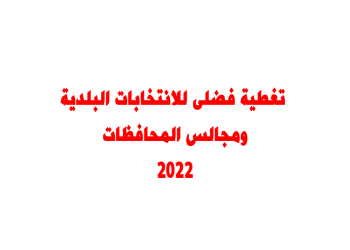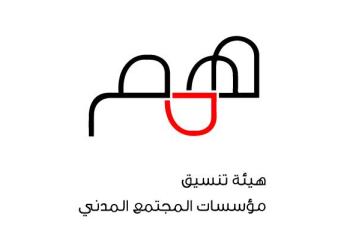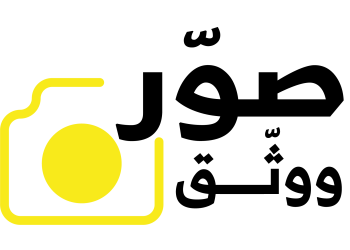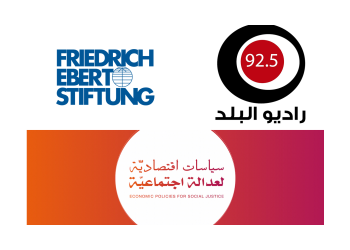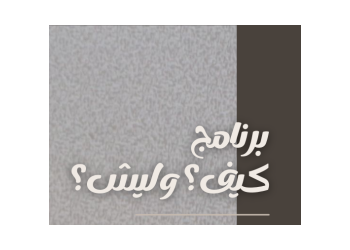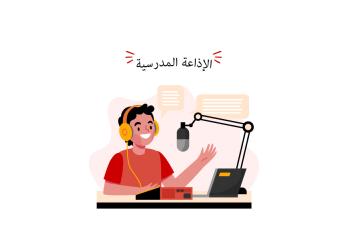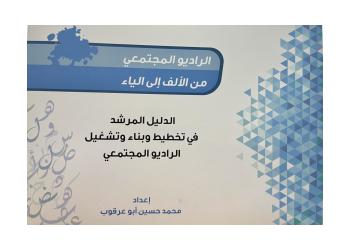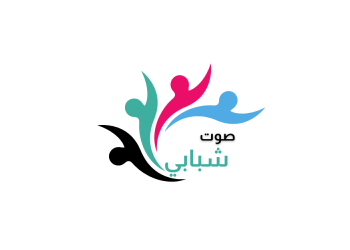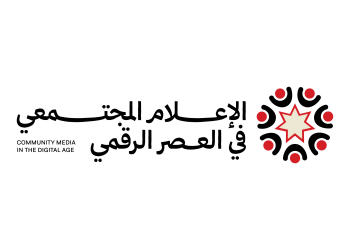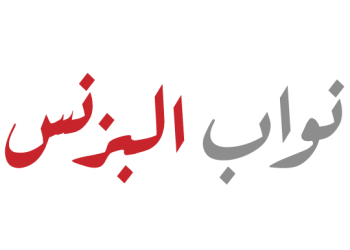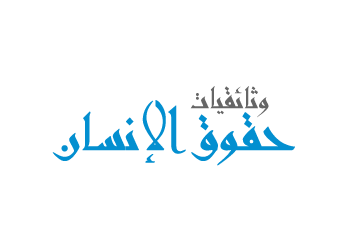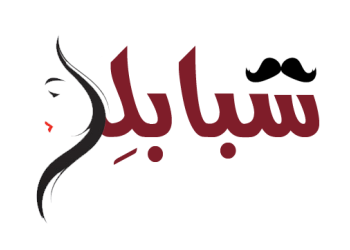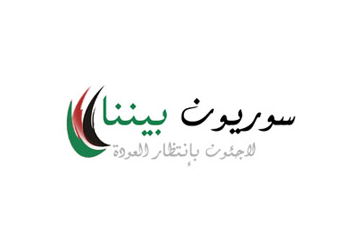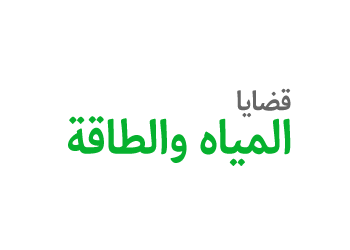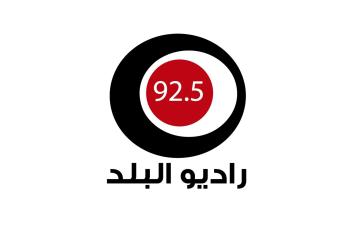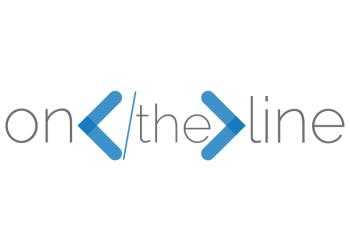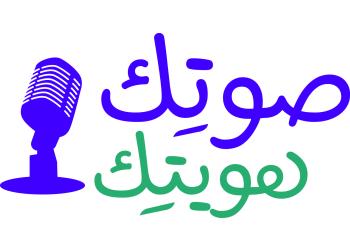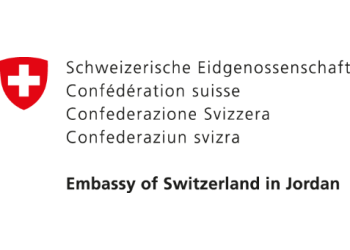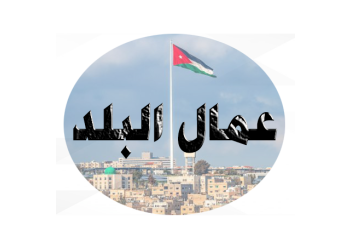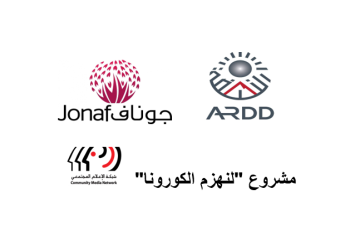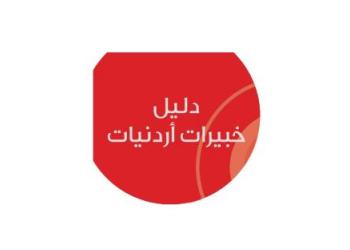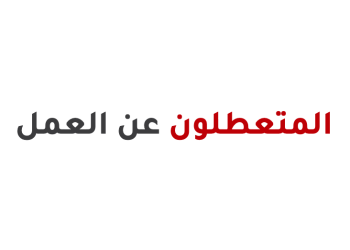
Issa Al-‘Adwan, a physical education student at the Hashemite University, benefitted from a partial loan for two academic years. Once close to graduation, he was certain that he’d get another loan, maybe a grant, especially that the recent death of his father, his main sponsor, could be added to his earlier eligibility file. To his astonishment, however, he was excluded from the list of beneficiaries. At the Ministry of Higher Education, where he went with other classmates to query their case after they were also excluded like him from the list for the 2019-2020 academic year, an employee bluntly said to him, “Your father’s death isn’t enough reason for you to get the loan.”
The same problem was faced by Sahar*, a business administration student at Al-Balqa Applied University who got a university loan in her first two academic years. In the third year, she was surprised that her name wasn’t in the list of eligible students: Her eligibility points decreased although her living conditions and academic achievements entitled her to be on that list.
Sahar challenged the exclusion online but to no avail, and she had to drop her summer semester. She registered for the fall semester this year as the university deferred tuition fee settlement until the semester’s end after taking into consideration covid’s impact on students and their parents.
Inequitable Conditions
At the end of 2020, the conditions of the University Student Support Fund, which offers partial grants and loans every year, were amended. Tradeoff points for grants were set as follows: 400 points for academic achievement (including university achievement for university students and high school achievement for first-year university students), 100 points for each sibling enrolled at a university, 100 points if the family benefitted from bread subsidies, 100 points if the student lives in areas categorized as impoverished, 100 points for students benefitting from national aid (complementary aid), 100 points for the area of residence (25 points if the student lives in the same district as the university, 50 points if they live in another district in the same governorate, 75 points if they live in another governorate in the same region and 100 points if they live in another region).
Some students see some of the grants system’s tradeoff points as inequitable, such as the points related to academic achievement, the place of residence and the classification of impoverished areas, which dates back to 2010 and hasn’t been reviewed or updated since.
Concerning the academic achievement points, Fakher Da’as, coordinator of the National Campaign for Student Rights (“You Slaughtered US”) criticizes the fact that first-year students have to compete for loans and grants according to their high school grades.
The last two years witnessed unprecedented high grades, he says. “In the 2019 summer session, one student got a grade of 100, while in the most recent session, more than 80 students got a grade of 100 each and thousands got grades of more than 80.” This makes it harder for second- and third-year students to get loans or grants, despite sustaining their good grades or losing just a few decimals of their grade because getting better grades is harder in the final year.
According to the conditions set by of the University Student Support Fund, as of 2020, partial grants and loans are granted to a district as follows: The number of applicants from the district is divided by the total number of applicants and multiplied by the total number of partial grants or loans. The conditions state that in each district, at least 150 grants and 350 loans are made available.
Da’as says he believes that the numbers of grants and loans per district don’t take into consideration its population; as student in southern Jordan may get a loan or grant by collecting 200 points, while a colleague in another district, say Al-Russeifa, gets nothing despite collecting 450 points. He also argues that the place of residence plays a role in financial costs, even if the student lives in the same region as the university as their neighborhood may be further from the institution compared to another one outside the region.
For example, a survey we carried out shows that Al-Mshairfeh, the furthest point in the Jerash Governorate (Northern Region), is 59 kilometers away from the University of Jordan, which is in the Middle Region, while the distance between the institution and the Dhiban District, the furthest point in Madaba Governorate in the same region, is about 77 kilometers. A student in Al-Mshairfeh would pay JOD 5 daily to get to the University of Jordan, while a student in Dhiban would pay JOD 4-4.5.
“Sustaining the classification of impoverished areas, which dates back to 2010 when the poverty rate was 14.4%, is unfair to students; the World Bank expects the rate to have exceeded 26% with the coronavirus pandemic,” Da’as says.
Viewpoints
“The fund can’t give all applicants loans or grants, even partial ones ,” says Mohannad Al-Khatib, spokesman of the Ministry of Higher Education. The fund relies heavily on student’s paybacks after their graduation and employment, according to a cabinet decision on May 15, 2019, he adds, pointing out that students don’t start paying back except after finding a job.
“Each student sees things from the perspective of their interests and doesn’t see the ministry’s efforts to give grants and loans to the largest possible number of applicants,” Al-Khatib says. “For those who don’t accept competition from first-year students over grants and loans, we say that high school grades are an academic criterion that must be taken into consideration.”
According to Al-Khatib, “80% of applicants during this academic year, 2020-2021, got grants and loans. It was also the first time that the fund covered 42 districts 100%, while 30% of first-year students got partial loans and grants.”
In 2020-2021, there were 68,550 applications, which were filtered down to 63,241. According to an early list of eligible students, issued on December 22, 2020, 44,007 students, or 70% of applicants (an increase of 25% compared to the year before), were deemed eligible, the Ministry of Higher Education said in a statement.
But to “You Slaughtered Us” campaign, 80% isn’t good enough considering the economic hardships witnessed in the last two years.
Ma’moun Al-Dab’i, the ministry’s director general and head of the fund’s committee, says 600 tradeoff points deal with economic conditions of students, while additional 150 points are granted on humanitarian grounds for eligible cases. “High school grades don’t affect the results profoundly because academic achievement points amount to 40% only of the total.”
According to Al-Dab’i, the fund has three sources of income: JOD 10 million earmarked in the ministry’s budget, JOD 20-25 million granted by the government in its annual budget to universities and student paybacks. Collecting paybacks depends on the ministry’s efficiency in sending claims to the Directorate of Public Funds, the directorate’s efficiency in collecting the money and the economic conditions of students. Collection hasn’t been even in recent years, while government funding hasn’t been stable since the fund’s establishment.
In 2020, the World Bank, in cooperation with the National Aid Fund and the United Nations Children’s Fund (UNICEF) in Jordan issued a social evaluation, which estimated the nutritional and non-nutritional poverty line in the country at JOD 68 per month (JOD 2.2 per day) foreach individual. In the same year, the number of applicants for partial grants and loans reached 42,647; only 93 applications were rejected, and the acceptance rate reached 99.9%.
Wajih Oweis, the former minister of higher education and scientific research, says the best solution to the problem lies in more support through the government’s budget to the University Student Aid Fund to allow it to serve a larger number of students in need of university loans and grants.
“The problem of failed paybacks is primarily due to graduate students failing to find jobs,” he says. “Universities should also provide more student employment opportunities to help those who don’t get grants or loans pay their tuition fees.”
He proposes a special grant for first-year students to end their competition with second-, third- and fourth-year colleagues, “especially as secondary school students got very high grades in the last two years.”
- Pseudonym
Video Transcript
Issa Al-‘Adwan: Your father’s death isn’t a good reason to get a university loan
Slide 1: New partial grants and loans conditions disrupt tradeoffs among university students
Slide 2: Students astonished for not being accepted when they first apply
Slide 3: 50,000 students were accepted to receive grants or loans out of 63,000 applicants
Slide 4: Calls to review high School graduates eligibility to compete for grants based on their grades
Issa Al-‘Adwan: I applied for loans and grants in the second semester of 2017 and got a grant for almost three years. Now, my classmates graduated while I still have two semesters; not getting the loan later on resulted in delaying my graduation.
Fakher Da’as, coordinator of the “You Slaughtered Us” campaign: The number of applicants was much greater, while the early results of those eligible for grants and loans showed that 70% of applications were accepted, although the figure reached 100% once.
Last year, high school grades were very high. Counting first-year students in the competition over university grants gave them higher points. These students amounted to one third of accepted applicants.
Mohannad Al-Khatib, spokesman of the Ministry of Higher Education: 400 points are allocated to the student’s academic achievement, and since high school graduates have the best grades, they got the biggest share of grants and loans.
In the ministry’s lists, we have students in the second, third and fourth years of medical schools with cumulative grades of 4/4.
Ending with the student Al-‘Adwan: In the end it’s a loan; the ministry gives it to us, and we pay it back.

